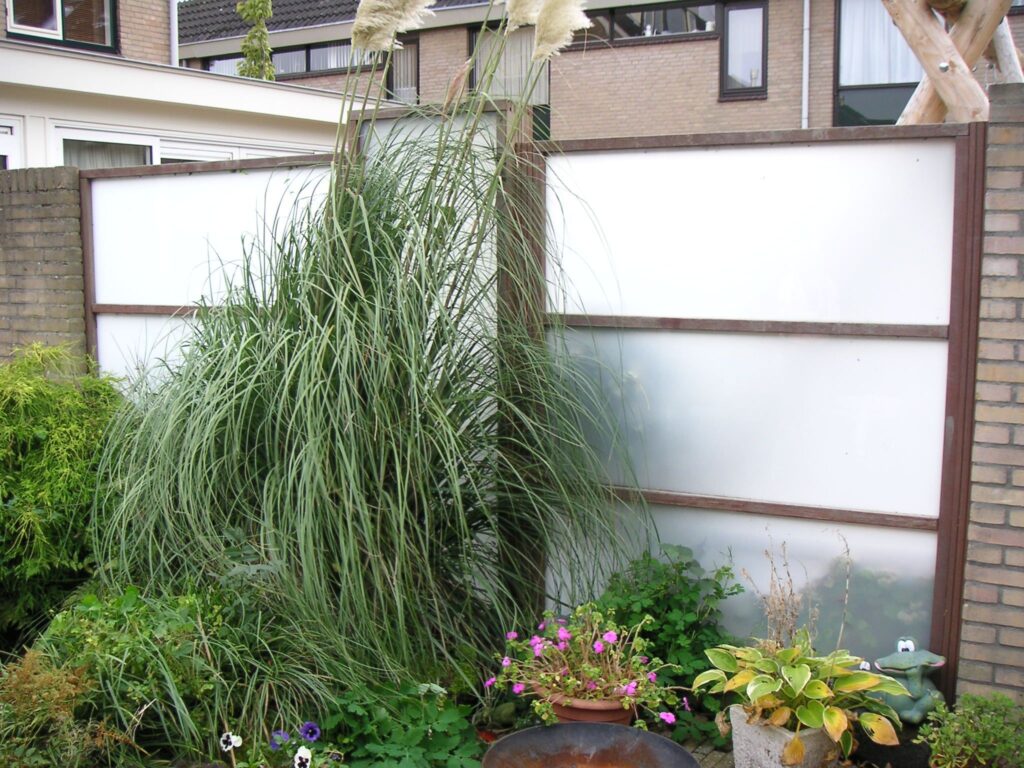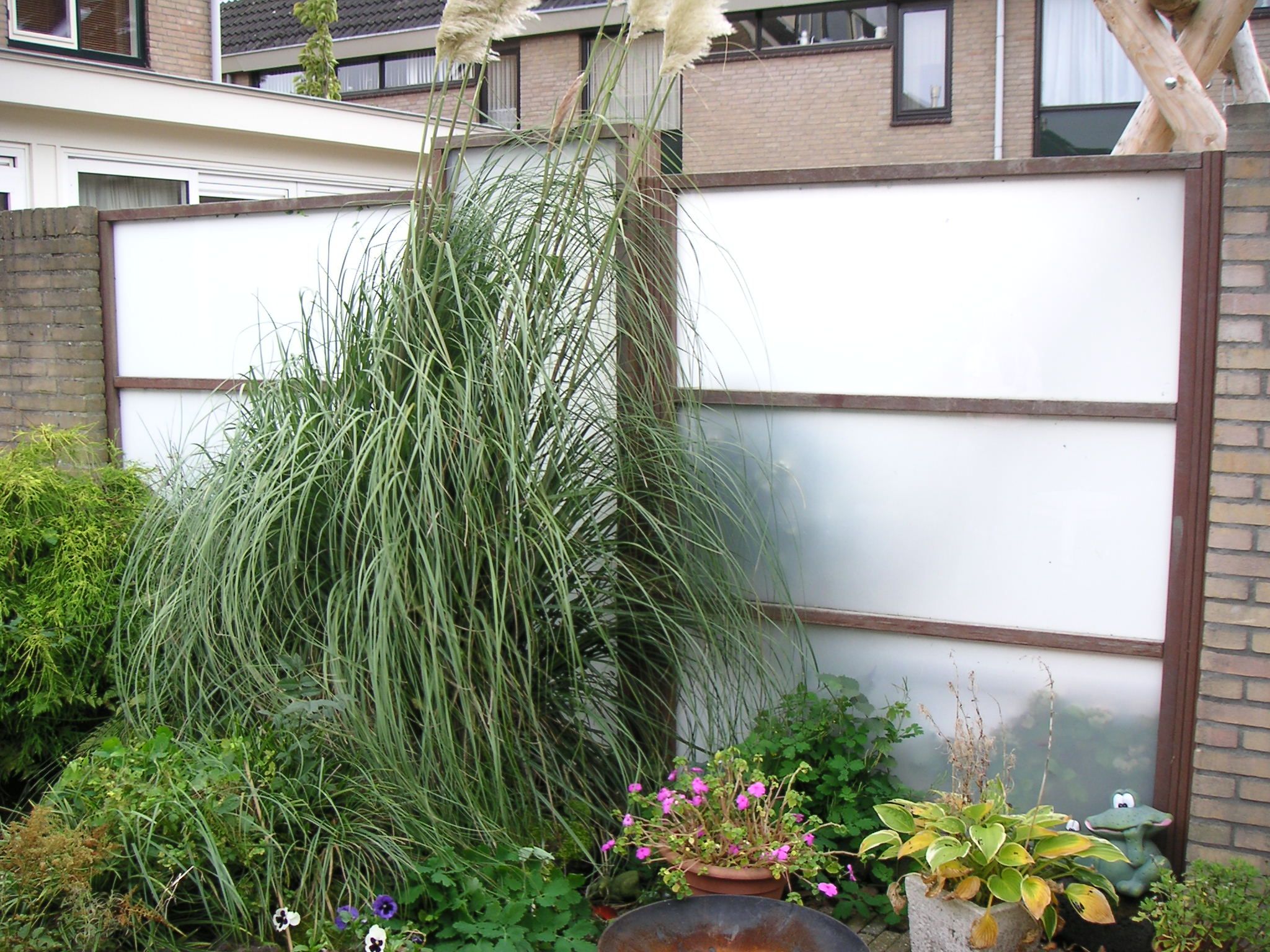
Opaque Fence: Enhancing Privacy and Security for Your Property
In today’s world, privacy and security are paramount. An opaque fence offers a robust solution for homeowners and businesses seeking to create a secluded and safe environment. Unlike traditional fences with gaps or see-through designs, an opaque fence provides complete visual blockage, effectively shielding your property from prying eyes and unwanted intrusions. This article delves into the benefits, materials, design considerations, and installation aspects of opaque fences, offering a comprehensive guide for those considering this valuable addition to their property.
Understanding Opaque Fences
An opaque fence, by definition, is a barrier that does not allow light or vision to pass through. This characteristic is crucial for enhancing privacy, reducing noise pollution, and providing a sense of security. These fences are often preferred in residential areas, commercial properties, and even industrial settings where discretion and protection are essential. The solid construction of an opaque fence ensures that activities within the property remain private and protected from external disturbances. Choosing the right fence can be a significant decision for property owners.
Benefits of Opaque Fences
- Enhanced Privacy: The primary benefit of an opaque fence is the unparalleled privacy it offers. It creates a visual barrier, preventing neighbors, passersby, and potential intruders from seeing into your property.
- Increased Security: An opaque fence acts as a deterrent to trespassers and burglars. The solid structure makes it more difficult to climb over or break through, providing an added layer of security for your home or business.
- Noise Reduction: Opaque fences can significantly reduce noise pollution from busy streets, construction sites, or noisy neighbors. The solid barrier absorbs and deflects sound waves, creating a more peaceful environment.
- Windbreak: In areas prone to strong winds, an opaque fence can act as an effective windbreak, protecting your garden, patio, and other outdoor spaces from damage.
- Aesthetic Appeal: Opaque fences can be designed to complement the architectural style of your property. They are available in a variety of materials, colors, and finishes, allowing you to create a visually appealing and functional boundary.
- Property Value: Installing an opaque fence can increase the value of your property by enhancing its privacy, security, and aesthetic appeal. A well-maintained fence is an attractive feature for potential buyers.
Materials for Opaque Fences
Several materials can be used to construct an opaque fence, each with its own advantages and disadvantages. The choice of material will depend on your budget, aesthetic preferences, and the level of durability required.
Wood
Wood is a popular choice for opaque fences due to its natural beauty, versatility, and affordability. Common types of wood used for fencing include cedar, redwood, pine, and pressure-treated lumber. Wood fences can be stained or painted to match the color scheme of your property. However, wood fences require regular maintenance to prevent rot, insect infestation, and weathering.
Vinyl
Vinyl fences are a low-maintenance alternative to wood. They are resistant to rot, insects, and moisture damage, making them a durable and long-lasting option. Vinyl fences are available in a variety of colors and styles, and they do not require painting or staining. While vinyl fences are more expensive than wood fences upfront, their low maintenance requirements can save you money in the long run. [See also: Vinyl Fence Maintenance Tips]
Composite
Composite fences are made from a blend of wood fibers and plastic, offering the best of both worlds. They are durable, low-maintenance, and resistant to rot, insects, and moisture damage. Composite fences are available in a variety of colors and textures, and they can be designed to mimic the look of natural wood. While composite fences are more expensive than wood fences, their longevity and low maintenance make them a worthwhile investment.
Concrete
Concrete fences are the most durable and secure option for opaque fences. They are virtually impenetrable and can withstand extreme weather conditions. Concrete fences are also fire-resistant and soundproof, making them an ideal choice for properties located near busy roads or industrial areas. However, concrete fences are the most expensive option, and they may require professional installation.
Metal
While often associated with more open designs, metal fences can be made opaque by using solid panels or incorporating privacy screens. Metal options like corrugated steel provide a robust and modern appearance, and are highly durable. They are often more expensive but provide a long-lasting and secure solution. [See also: Steel Fencing Options]
Design Considerations for Opaque Fences
When designing an opaque fence, it is important to consider the following factors:
- Height: The height of the fence will determine the level of privacy and security it provides. Consider local regulations and building codes when determining the appropriate height for your fence.
- Style: Choose a style that complements the architectural style of your property and enhances its curb appeal. There are many different styles of opaque fences to choose from, including board-on-board, shadowbox, and solid panel.
- Color: Select a color that complements the color scheme of your property and blends in with the surrounding landscape. Neutral colors like white, gray, and brown are popular choices for opaque fences.
- Gates: Incorporate gates into your fence design to provide access to your property. Choose gates that are durable, secure, and easy to operate.
- Landscaping: Enhance the aesthetic appeal of your opaque fence by adding landscaping around it. Plant shrubs, flowers, or trees to soften the look of the fence and create a more inviting environment.
Installation of Opaque Fences
Installing an opaque fence can be a challenging task, especially if you are not experienced in construction. It is important to follow local regulations and building codes when installing your fence. You may need to obtain a permit before starting the project. Consider hiring a professional fence contractor to ensure that the fence is installed correctly and safely. A professional contractor will have the necessary tools, equipment, and expertise to complete the job efficiently and effectively. [See also: Finding a Reliable Fence Contractor]
Maintenance of Opaque Fences
The maintenance requirements for an opaque fence will depend on the material it is made from. Wood fences require regular staining or painting to protect them from the elements. Vinyl and composite fences can be cleaned with soap and water. Concrete fences may require occasional power washing to remove dirt and grime. Regularly inspect your fence for signs of damage, such as cracks, rot, or loose posts. Repair any damage promptly to prevent further deterioration. Proper maintenance will extend the life of your opaque fence and keep it looking its best.
Legal Considerations
Before installing an opaque fence, it is crucial to check local zoning regulations and homeowners association (HOA) guidelines. Many municipalities have restrictions on fence height, materials, and placement. Failure to comply with these regulations can result in fines or the requirement to remove the fence. Additionally, it is important to consider property lines and avoid encroaching on neighboring properties. A survey may be necessary to accurately determine property boundaries. Consulting with a local attorney or zoning official can help ensure that your opaque fence complies with all applicable laws and regulations.
Cost Considerations
The cost of an opaque fence can vary widely depending on the material, height, length, and installation method. Wood fences are generally the most affordable option, while concrete fences are the most expensive. Vinyl and composite fences fall somewhere in between. Installation costs can also vary depending on the complexity of the project and the labor rates in your area. It is important to obtain multiple quotes from different contractors before making a decision. Be sure to factor in the cost of permits, materials, and labor when budgeting for your opaque fence project. While the initial investment may seem significant, the long-term benefits of privacy, security, and aesthetic appeal can make an opaque fence a worthwhile investment.
Conclusion
An opaque fence is a valuable addition to any property, providing enhanced privacy, increased security, noise reduction, and aesthetic appeal. By carefully considering the materials, design, and installation aspects, you can create an opaque fence that meets your specific needs and enhances the value of your property. Whether you choose wood, vinyl, composite, or concrete, an opaque fence will provide you with a sense of security and privacy for years to come. Remember to always check local regulations and building codes before starting your project, and consider hiring a professional contractor to ensure that the fence is installed correctly and safely. With proper planning and execution, your opaque fence will be a valuable asset to your property.

